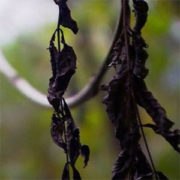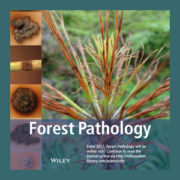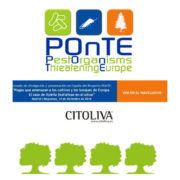Detection of Hymenoscyphus fraxineus on the Isle of Man
Chalara dieback of ash is caused by the fungus Hymenoscyphus fraxineus. It causes leaf loss, crown dieback and bark lesions in affected trees. Once a tree is infected, the disease is often fatal, either directly or indirectly by weakening the tree to the point where it succumbs to the attack by other pests or pathogens, such as the root rot fungus Armillaria. Ash dieback was first confirmed in the UK and Ireland in 2012.
Further findings on trees in the wider environment have since been confirmed in most regions of the UK, and it has now been confirmed for the first time on the Isle of Man on private land in the south of the island and in the surrounding area. Samples from the affected trees were sent to the Tree Health Diagnostic and Advisory Service of Forest Research where the disease was confirmed. Control on imports has helped the Isle of Man to remain free of the disease until now. It is estimated that around one in five of the island’s hedgerow trees are ash so the impacts could be very significant.
The Department of Environment, Food and Agriculture (DEFA) is advising landowners of the signs to look out for, the biosecurity steps they can take to reduce the risk of the disease spreading and what to do if they believe they have infected trees.
An official communication released by the Isle of Man Government is available at this link.
Featured image courtesy of @BBC.









